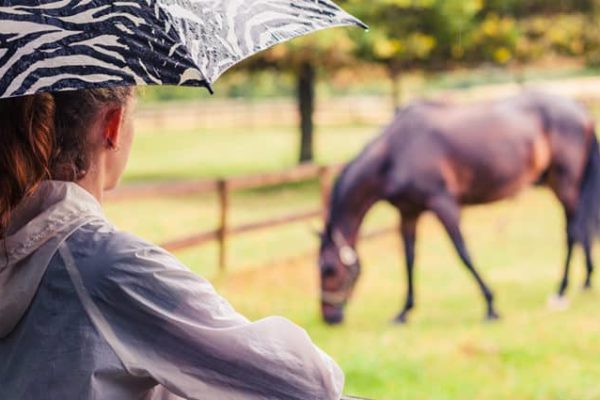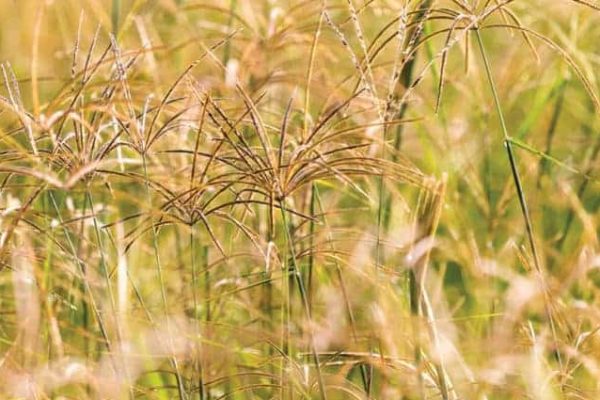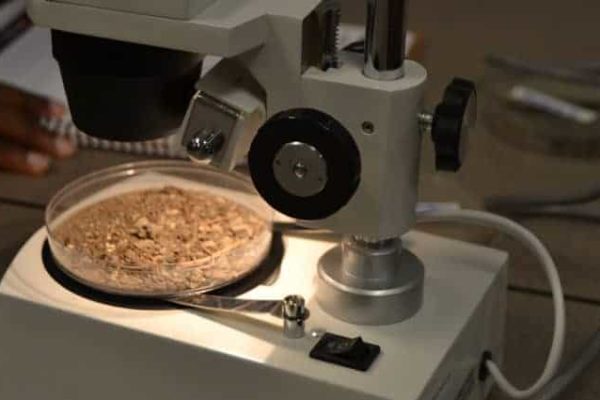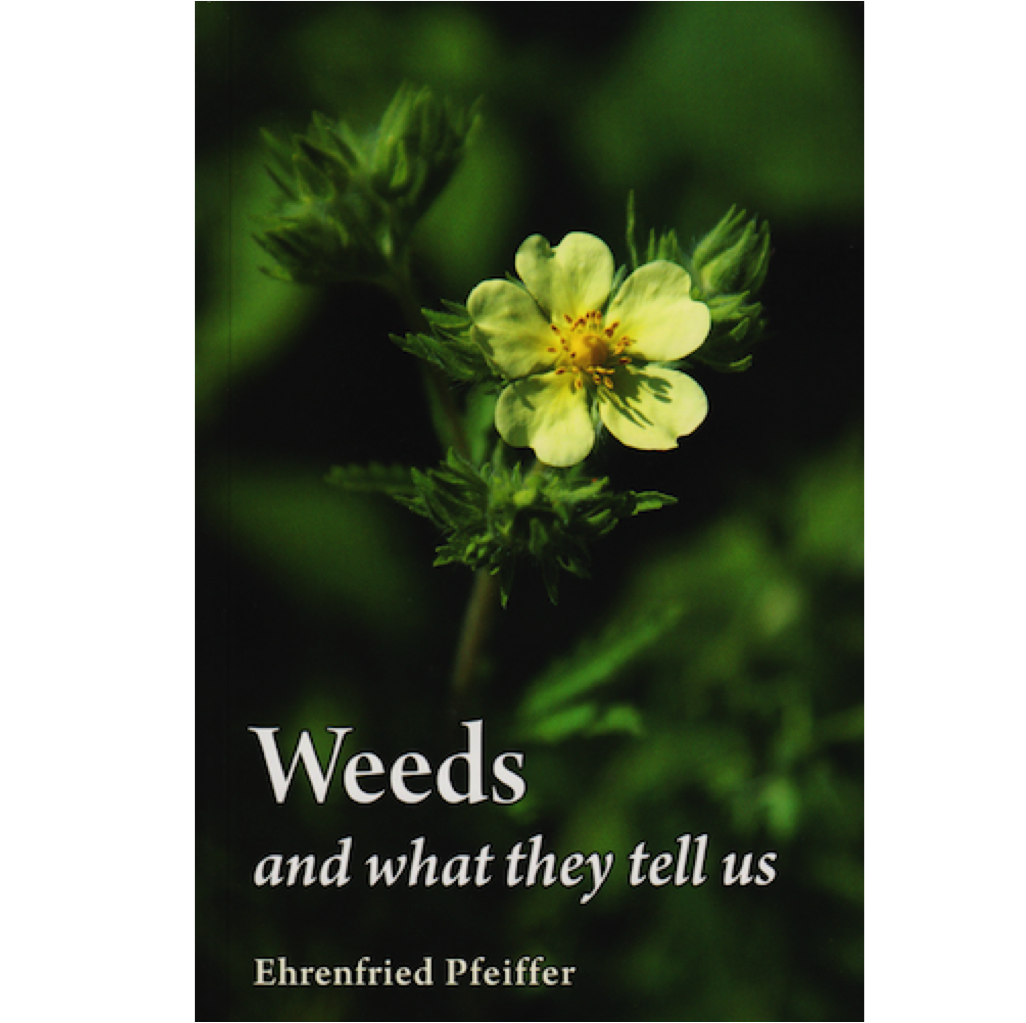Published in the Horses and People Magazine March 2016
Most horse owners recognise a horse-sick pasture; the one with poor quality grasses containing weeds, compacted, eroded soils and manure build-up with parasite pollution.
Some think the problem is caused by overstocking with too many horses but, did you know that over-grazing and under-grazing are likely to be the biggest issues?
In this article, Certified Permaculture Designer and Equine Nutritionist Mariette van den Berg explains how well-planned rotational grazing systems could turn your horses from pasture distroyers to eco-friendly land managers and genuine soil builders.
The ultimate forager
Horses typically display patch-forging behaviour, taking a couple of bites of pasture plants before moving to the next food patch. This behaviour is important for their survival and allows them to select from a diverse range of plants to meet their nutritional needs. This means that in general horses only disturb and foul the ground for a small period of time. Horses will carry on and the grazed area will have the time to recover over the season. As you may have observed yourself, horses generally leave the grasses where they urinate and dung untouched. In the wild, horses will not return to the grazed and fouled area until nature has “cleaned up” and resorted the area.
This means that when we keep horses in captivity we must aim to mimic this natural migrating and foraging process (as much as we can) and therefore we must manage and plan the movement of our horses. If they are left in any one place too long, or if they returned to it too soon, they will overgraze plants and compact and pulverise the soils (or worse create horse sick pastures).
Plan to succeed
Many horse owners will use a rotation system if they have multiple paddocks available for their horses, but typically the management and rotations are done randomly without an actual plan. A proper grazing plan is important for maintaining healthy pastures and by using principles like Holistic Grazing Planning or in Permaculture we also refer to advanced cell grazing we are able to get a clearer picture of where horses need to be and when, and this determines how you plan their moves.
- The first step in creating a better grazing plan is to develop a basic understanding of how pasture plants grow and mature and how you maintain healthy soils. This will provide us with a clearer picture of where horses need to be and when, and this determines how you plan their moves.
- Second we need to look at the layout and design of our pasture areas and identify where we could potentially sub divide pastures to increase the number of paddocks for horses. The more paddocks available the more moves you can make and rest your pastures. Of course paddock size will depend on how much land you have and how many horses you can (or want) to graze together.
- More paddocks also means more fencing material and you probably want to check what is available, something that is safe, keeps horses in! and is reasonably priced.
- You also should consider the ease of moving horses on your property, thinking about safe laneway systems and gates.
- Last but not least you should also think about how to get water to the animals using water points in paddocks or central points.
Grazing and leaf area management
We hear a lot about “over-grazing” but what does it look like and why is it important?
If grazing animals remove only a small amount of the active green leaf area, photosynthesis can proceed and the plant can replenish carbohydrate stores while top and root growth is progressing. But if grazing animals remove most of the available leaf area every few days, the plant allocates nearly all growth energy to new leaf growth, the root system diminishes, and less energy is stored. This frequent leaf removal without adequate time for the plant to restore its vigour is the physiological basis of overgrazing. Overgrazed pastures produce far below their potential, maintaining only a low stand density and poor vigour.
Rest & Recovery
The amount of rest that a grazed plant requires to recover its vigour and replenish an effective leaf area is influenced by the period in the growing season and the amount of active leaf area remaining following the grazing period. A cool-season grass can recover in two to three weeks during its ideal spring and autumn growing periods, but may require six weeks or more to recover during the more stressful months of July and August.
Warm-season grasses, on the other hand, grow very slowly during the cool months of spring and autumn, but recover quickly following four to six weeks of rest during their ideal summer growing period. The rest (or recovery) period can be shortened somewhat by leaving a taller leaf area remaining following grazing. This residual leaf area can contribute photosynthesis energy quickly, supplementing stored energy reserves to aid in a much faster recovery. Cool-season grasses and mixed cool-season grasses and legumes should have 3 to 4 inches of residual leaf area for rapid recovery; leave about 4 to 8 inches of leaf area on warm season grasses following grazing.
Sub-dividing pasture and advanced paddock grazing
One of the dilemmas we encounter with pasture management is that the grasses recover at different rates because of species characteristics or other factors. If you have only a few paddocks – and thus have to use long grazing periods – you are likely to overgraze some plants.
- Rapid moves favour the growth of fast growing plants, but if the horses return too soon for the slow ones.
- Slow moves may expose fast growing plants to a second bite before they have recovered. Some plants will be weakened, and some may even die.
But partial rest is more damaging, in terms of the bare and capped soil that results, than the overgrazing. To overcome the problem of varying recovery rates, as well as the high level of partial rest, you can build up to high paddock numbers or develop a strip grazing system.
In any environment, overgrazing and damage from trampling bear little relationship to the number of animals, but rather to the amount of time plants and soils are exposed to the animals. Grazing and recovery periods are always linked! Every time you shorten a grazing period in one paddock, you shorten the recovery period in all paddocks and risk overgrazing many more plants. To minimize this risk, it is important to plan the recovery period first. Once you have determined the adequate recovery period should be, that will dictate what the average grazing period for each paddock should be. For example, on a property with six equal paddocks a 90 day recovery period dictates 18 day average grazing period per paddock. Grazing period (GP) is desired recovery period (RP) divided by the number of other paddocks ( GP = RP ÷ (Total paddocks – 1)).
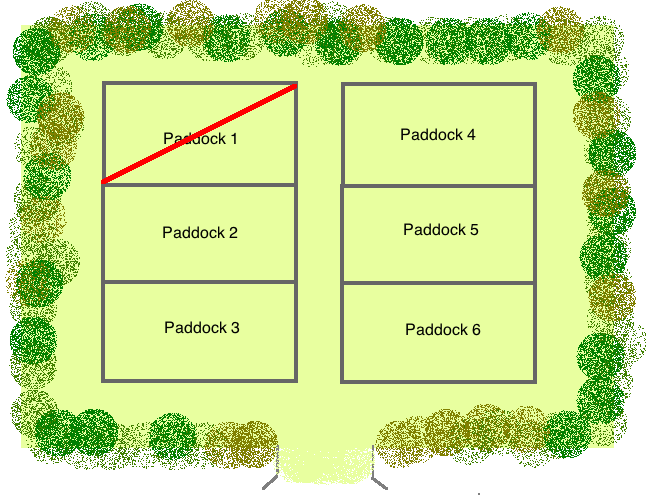
During rapid growth, severely bitten plants might require only a thirty-day recovery period. Thus average grazing periods would fall to six days. The rule of thumb, unless you have many paddocks available is:
- Slow growth = slow moves (and longer recovery period)
- Rapid growth = rapid moves (and shorter recovery period)
When in doubt, use slow moves to minimise overgrazing. This rule runs counter to instinct. You naturally want to keep your horses longer on green flushing grass and move on sooner when its paler and obviously growing slowly – but as mentioned earlier, it cuts a days off the recovery time of all paddocks. For this reason, in holistic planning they recommend that you plan all moves on a chart rather than in a notebook. The chart enables you to immediately see the loss of recovery time and avoid the overgrazing.
This grazing system can be applied to small and large properties. By dividing pasture areas in multiple grazing cells you can increase your paddocks. The more divisions of land you have, the more recovery time per day of grazing each paddock gets. These divisions can be made with electrical mobile fences, so you can move the areas around.

Stocking density
Many horse owners think that the stocking density is the cause of their overgrazing. When the density is high, the impact on certain area in one day will be great, but if you planning is good, this can actually address many problems and speed up land improvement– as happens in natural systems. However, if your planning is sloppy or non-existing this will greatly the damage you can do to both the land and your animals.
Grazing planning involves constant monitoring of the growth of your grasses and estimating the recovery period accordingly. Once a plan is made or any action taken, you need to monitor what happens from the outset because unforeseen circumstances always lie ahead. When you planning was not fully right, you re-plan and continue your monitoring process. Grazing planning is a dynamic process, but with time you will get to know your grasses better as well as your horses!
Fencing
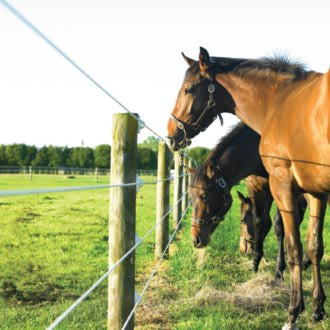 There are many types of fencing systems available that horse owners can choose from and your choice will largely depend on price, safety, ecstatics, and ease of maintenance. While it is important to have permanent boundary fencing, internal fencing could be more flexible. Some people choose for a full flexible design using electric tape, others may use a combination of permanent and electric tape fencing. It will largely depend on the size of your property and classes of horses you are housing.
There are many types of fencing systems available that horse owners can choose from and your choice will largely depend on price, safety, ecstatics, and ease of maintenance. While it is important to have permanent boundary fencing, internal fencing could be more flexible. Some people choose for a full flexible design using electric tape, others may use a combination of permanent and electric tape fencing. It will largely depend on the size of your property and classes of horses you are housing.
When placing fencing it is important that you consider the landscape and place on contour where possible to reduce erosion problems.
Access and water
Access is very important when sub dividing paddocks for grazing. We need to be able to safely bring horses to the paddocks and move equipment in when we want to improve or develop the pasture (spreading compost, slashing etc). The width of lane ways will depend on how many horses you want to run to each paddock and machinery width, but standard 4-6 m is acceptable. You should also consider the shape of the land when designing lane ways. Gates should be fitted to the specifications of the laneways and/or pasture access. The type of gate will depend on personal preferences, safety, price and ease of operating. The access point and type of gate is particular important when you want to set up your pasture with central points for loafing and/or water.
Clearly water is an important aspect of your pasture design and you should make sure that horses always have access to clean drinking water. Allowing horses to drink in the dam can cause soil erosion and can be dangerous for horses when they get bogged. Therefore it is advised to have water point in all paddocks or use a central water point system to make horses move to specific areas to obtain water.
Sacrifice areas or central point system
On smaller properties you may have to adopt additional strategies to maintain grass cover. It is generally recommended to have on smaller properties a sacrifice area – preferably a central point system where horses can freely exercise and which then can also be used for (slow) feeding points as well. This sacrifice area will help with getting animals off the pastures if you need more recovery time to move to the next paddock in the planning.


